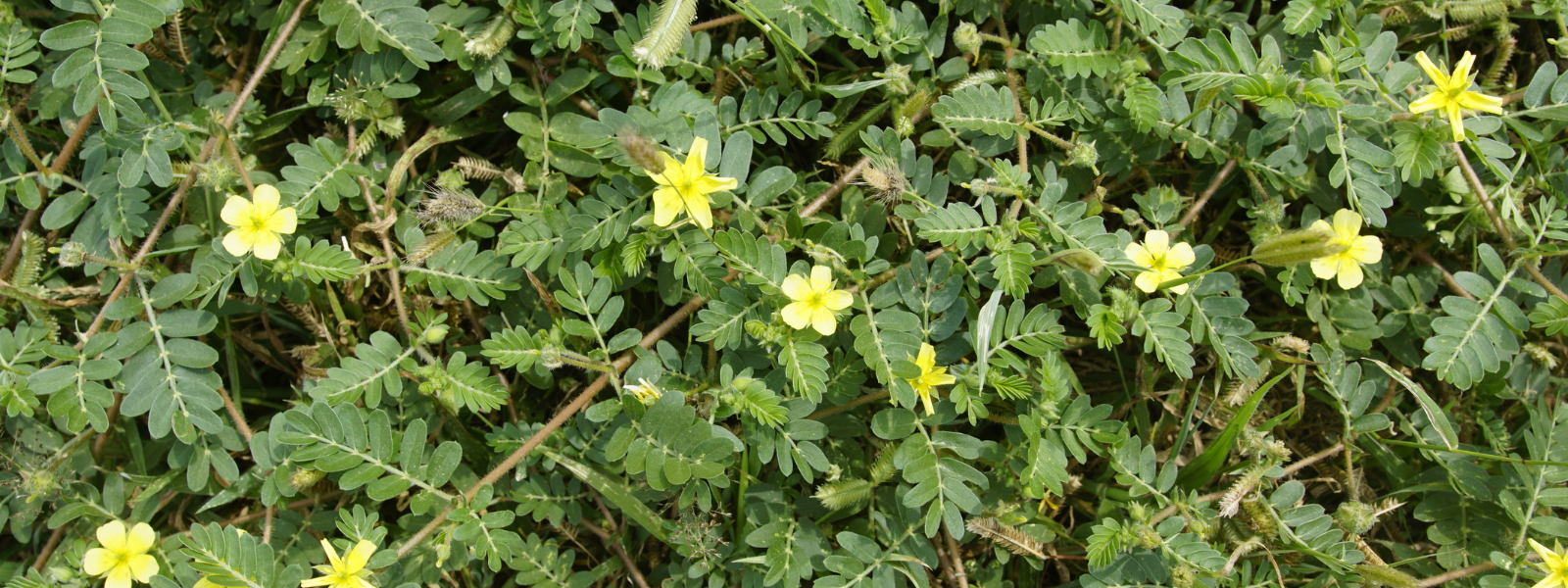Weeds
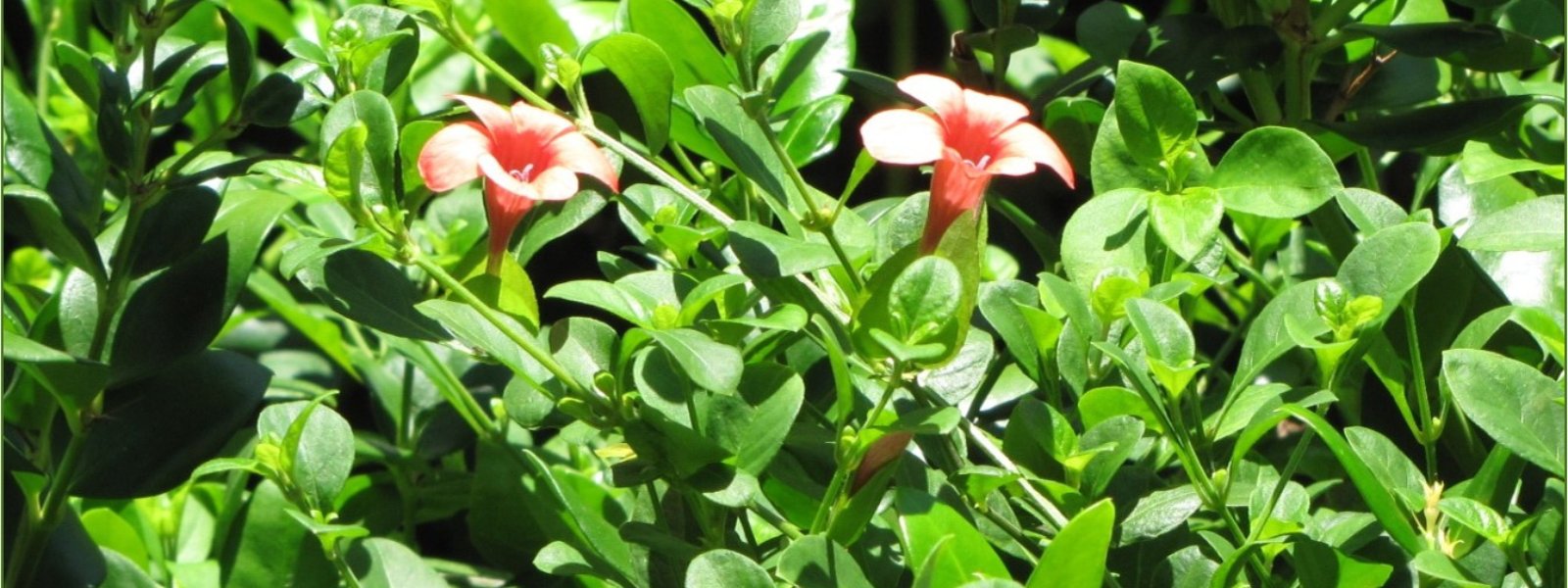
• It can grow and bloom throughout the year, with peak flowering often occurring in spring and summer. • Growth Form: Coral Creeper is a low-growing, spreading shrub with a prostrate or semi-prostr...

• Growth Form: Coolatai Grass is a tussock-forming grass, meaning it grows in dense clumps or tussocks. • Leaves: The leaves are long and narrow, often with fine hairs on the leaf margins and upper...
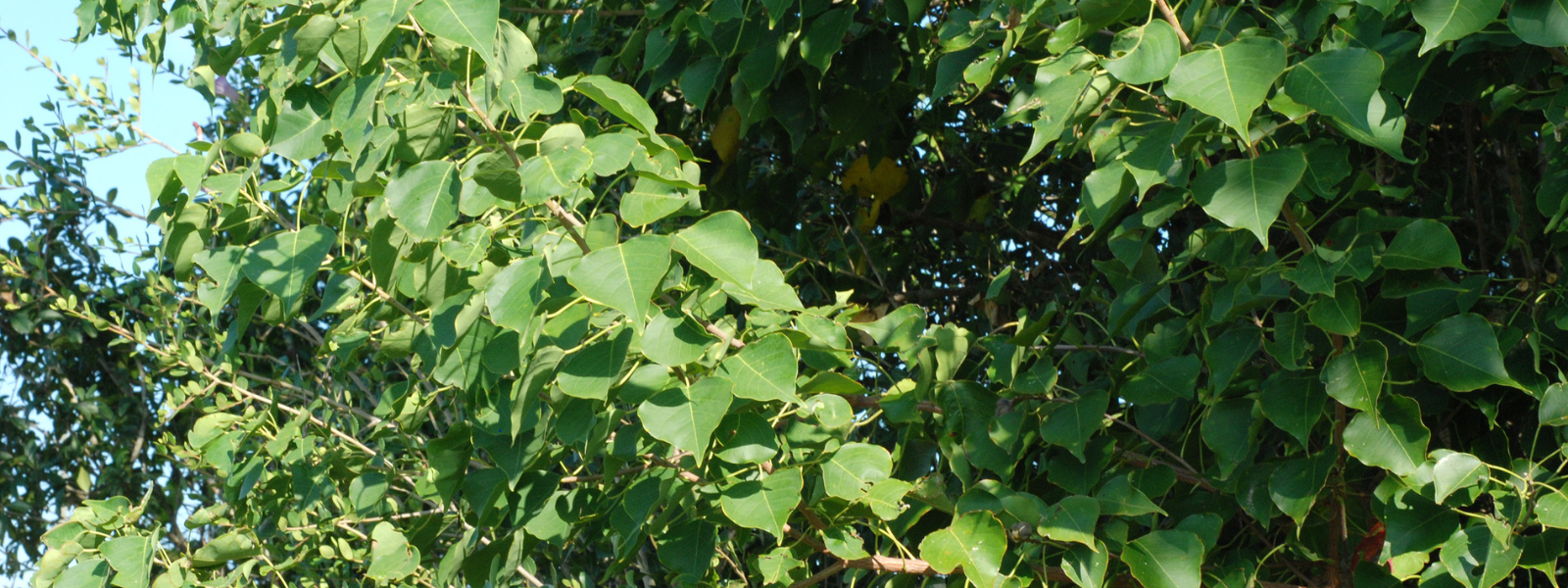
Chinese Tallow Tree, Triadica sebifera - is a problematic invasive species in regions where it has naturalized, and effective management is essential to prevent its further spread and protect nativ...
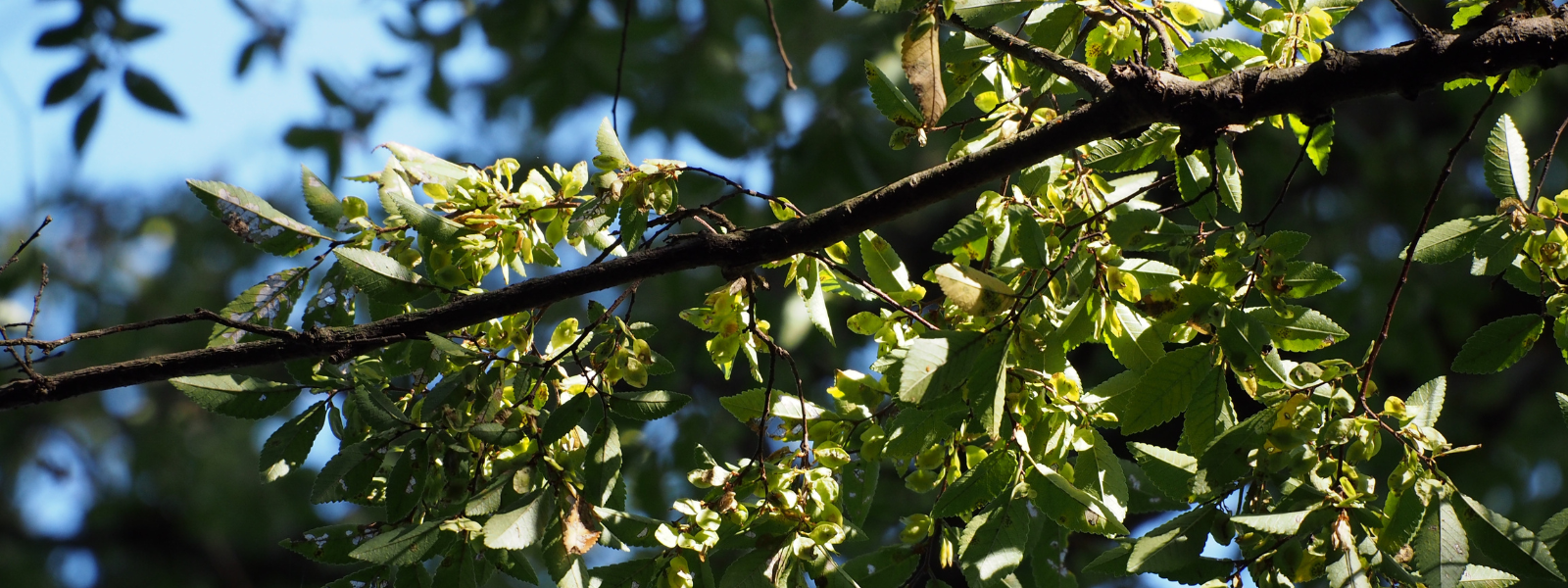
Chinese Elm, Ulmus parvifolia - In many areas, Chinese Elm is appreciated as an ornamental tree for its attractive bark and adaptability to urban environments. However, it is important to manage an...
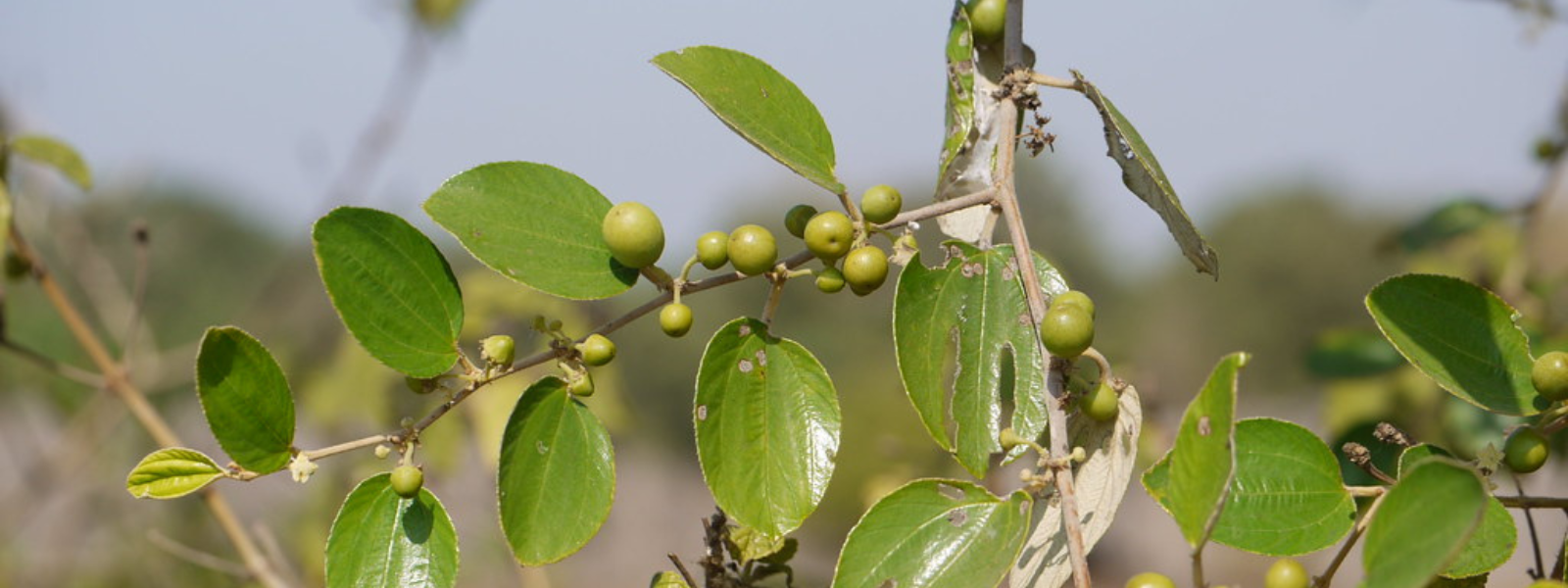
Chinee Apple, Ziziphus mauritiana is a problematic invasive tree that requires active management to prevent its spread and protect native ecosystems. Local authorities and environmental agencies of...
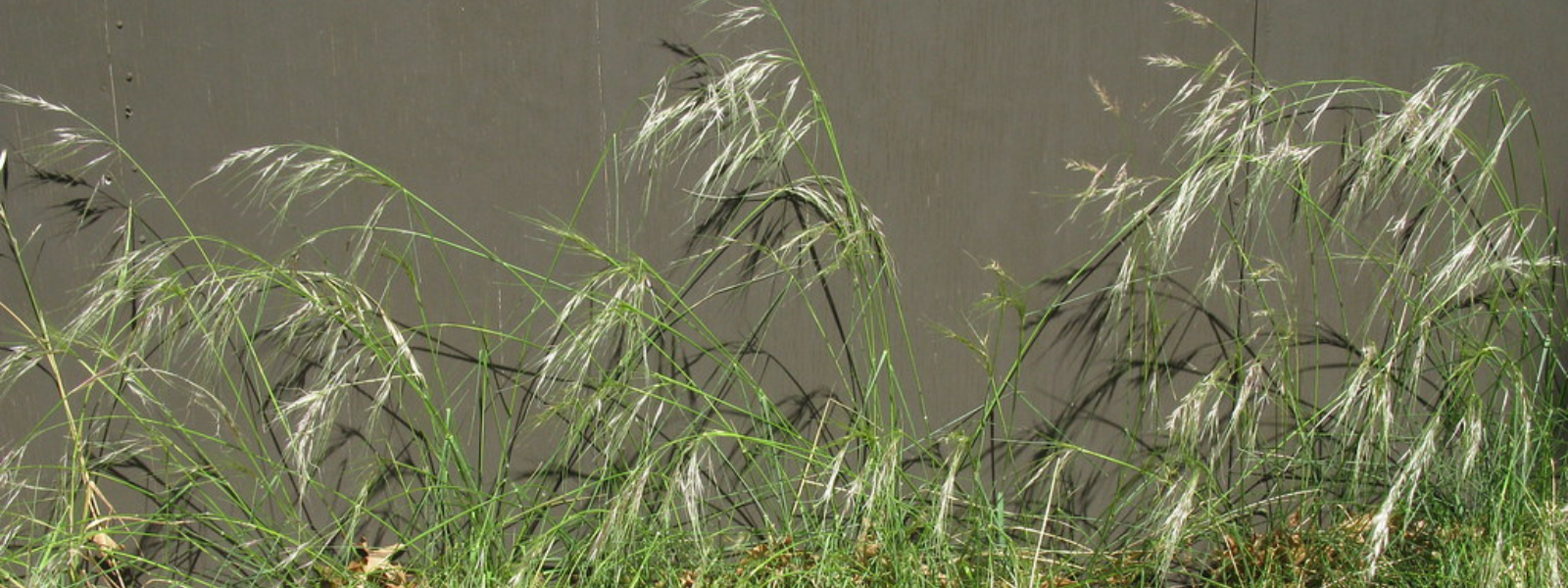
• Growth Form: Chilean Needlegrass is a bunchgrass, meaning it forms clumps rather than spreading through rhizomes or stolons. • Leaves: The leaves are long, slender, and needle-like, with a distin...
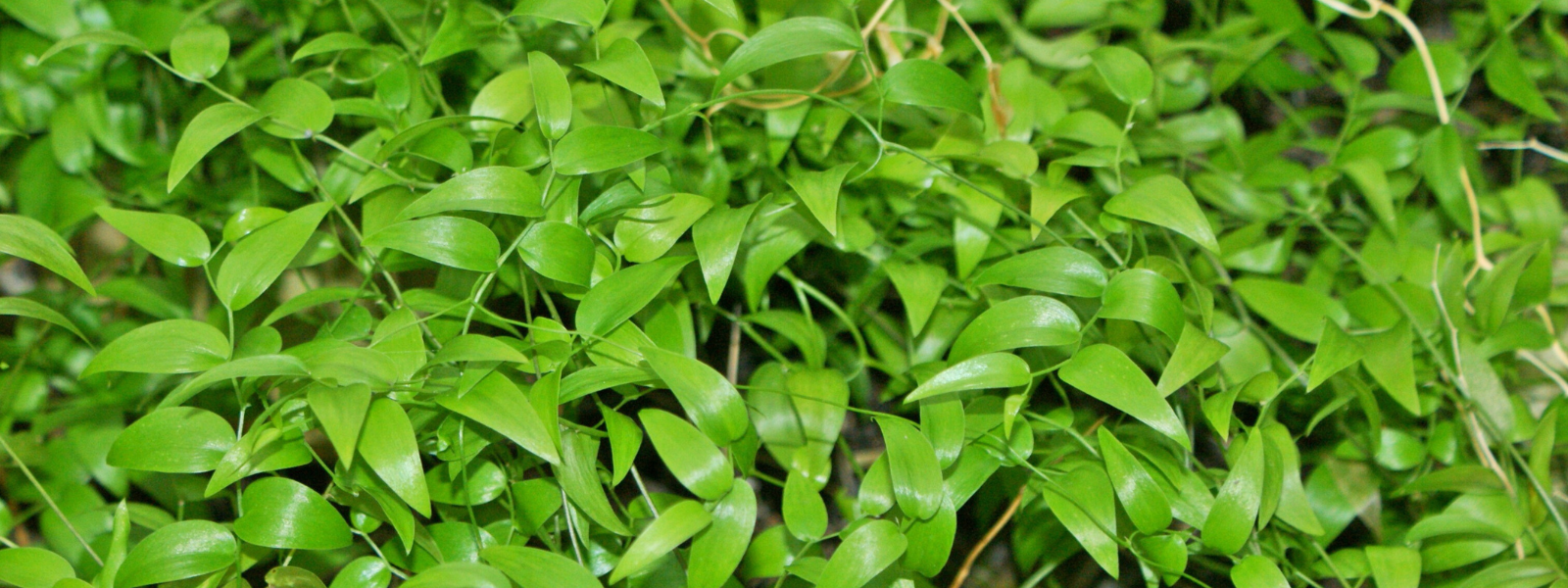
Bridal Creeper, Asparagus asparagoides - is a problematic invasive species in regions where it has established itself, and effective management is essential to prevent its further spread and protec...
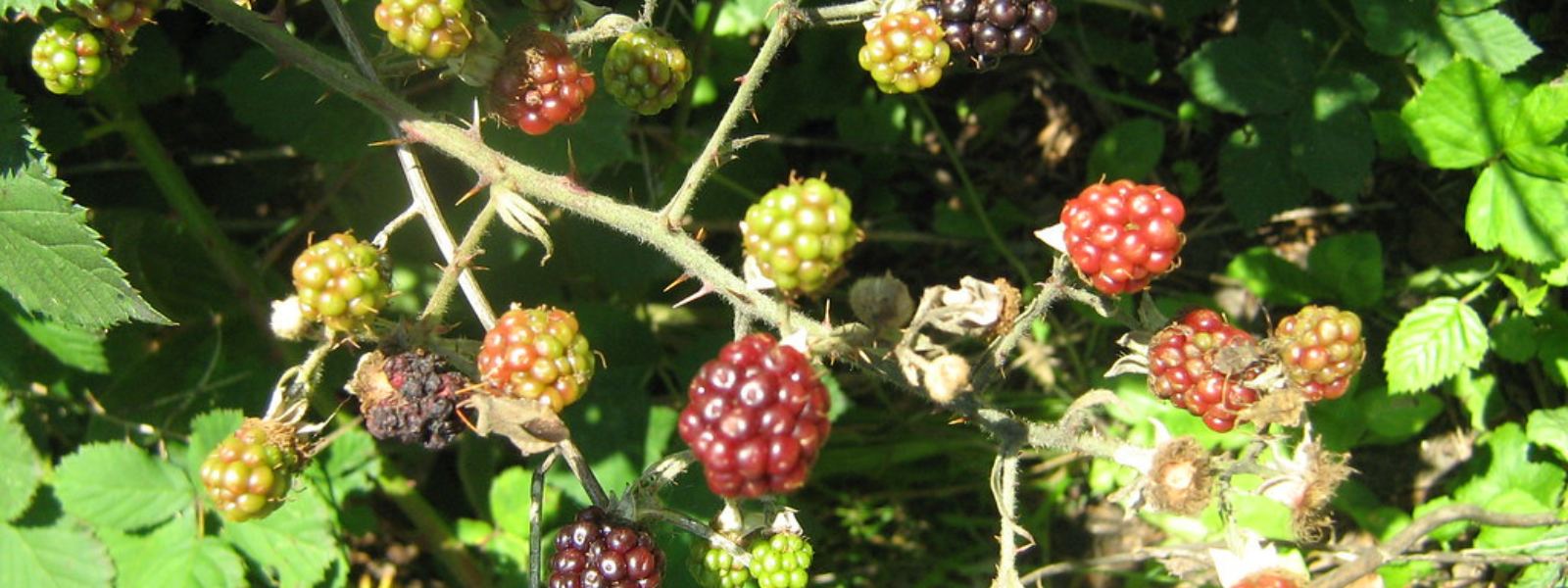
Blackberry, Rubus fruticosus - Blackberry plants can be both invasive and beneficial, depending on the context. While they provide valuable fruit for wildlife and humans, they can also form dense, ...


